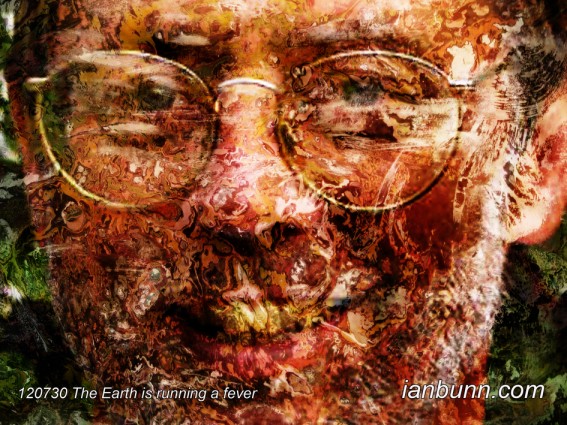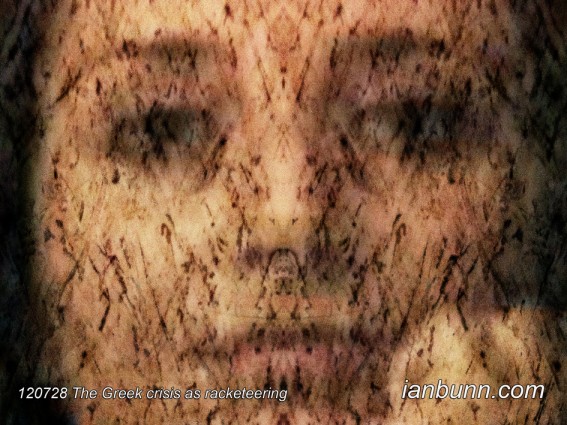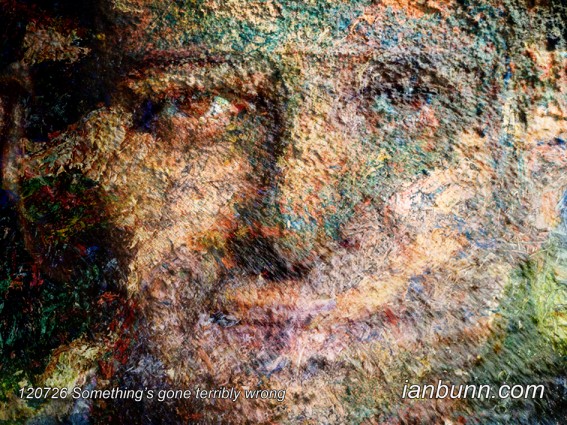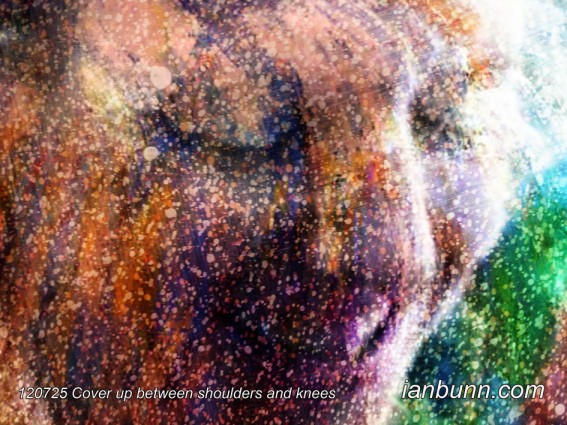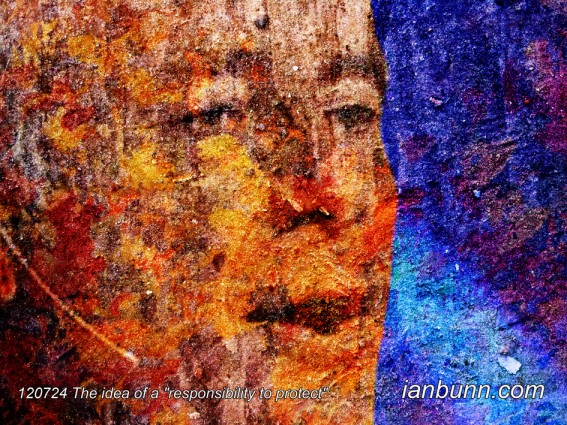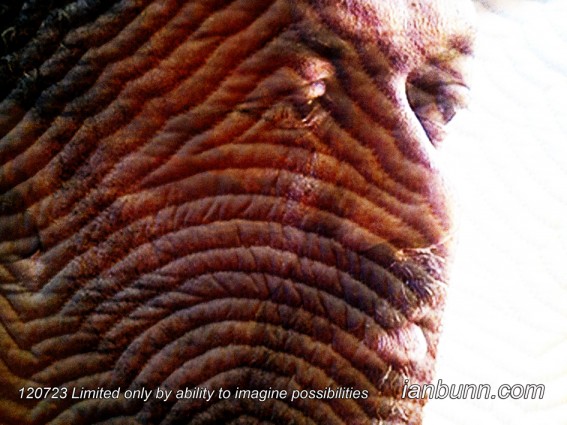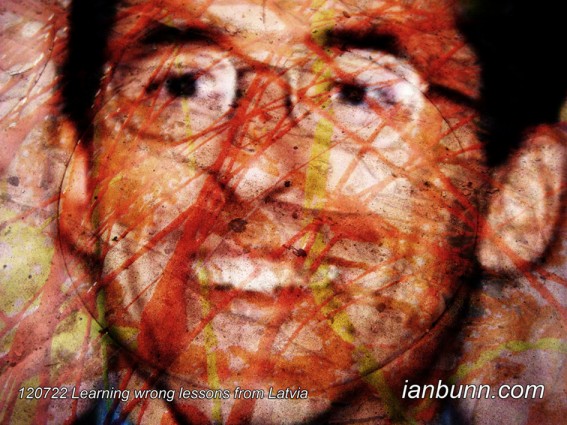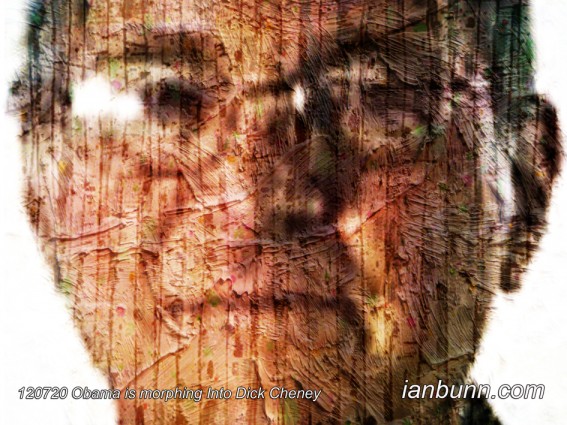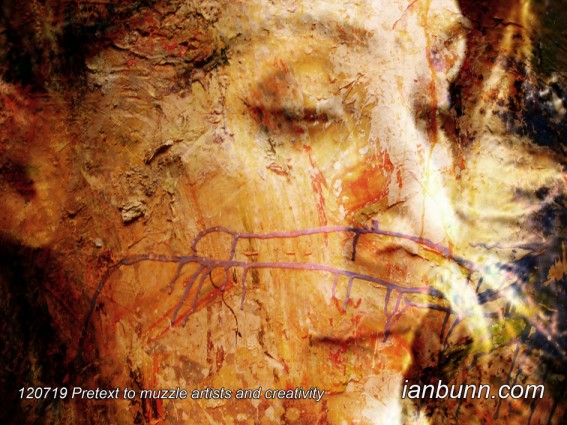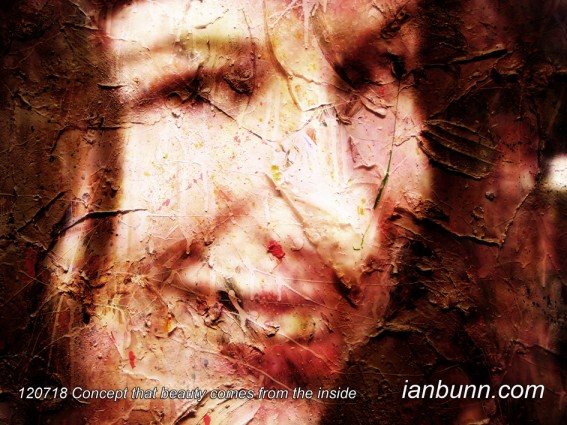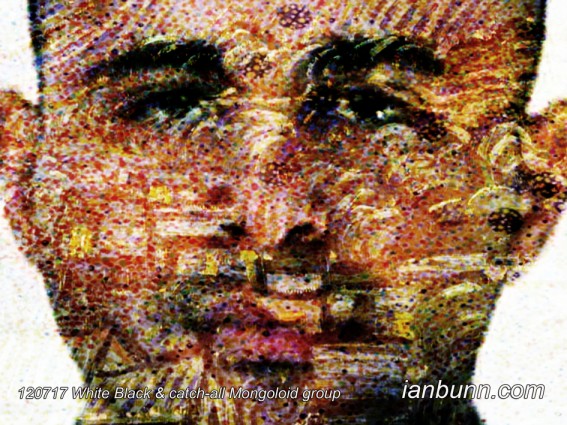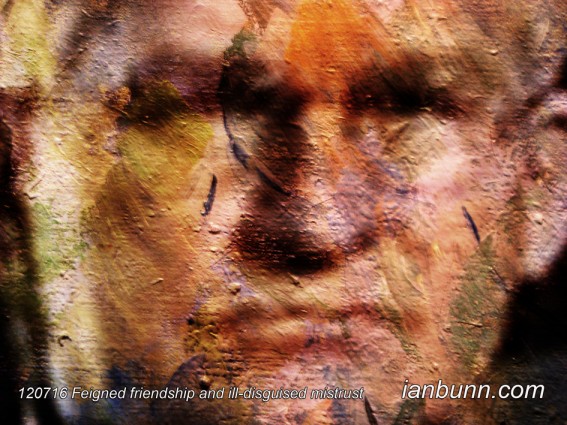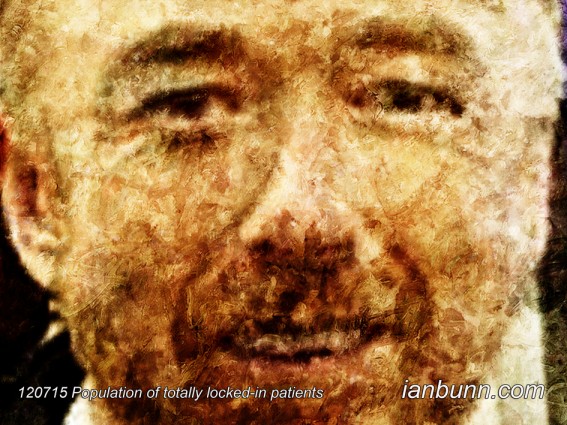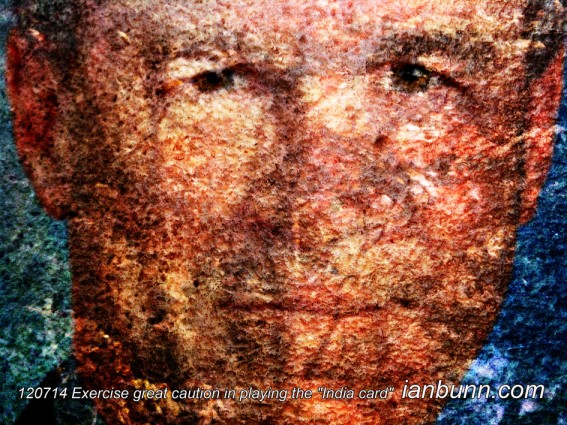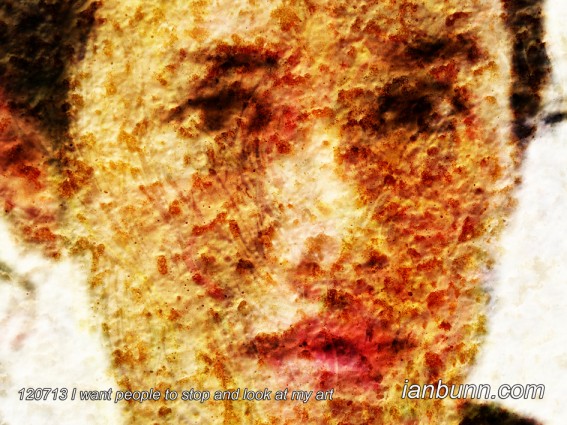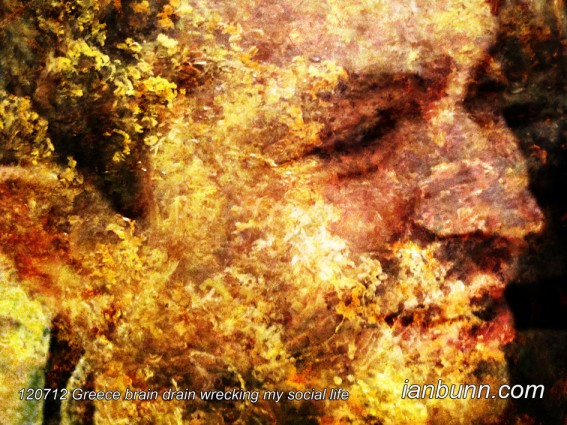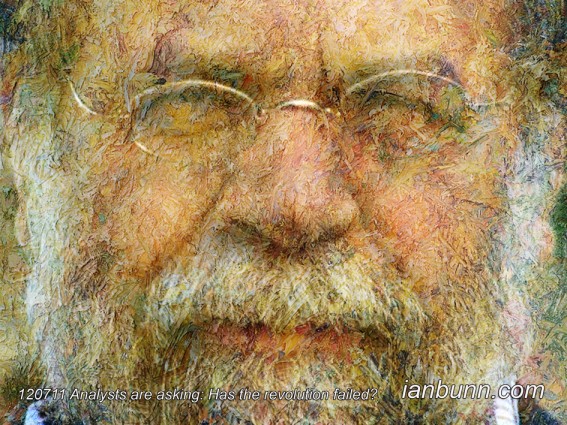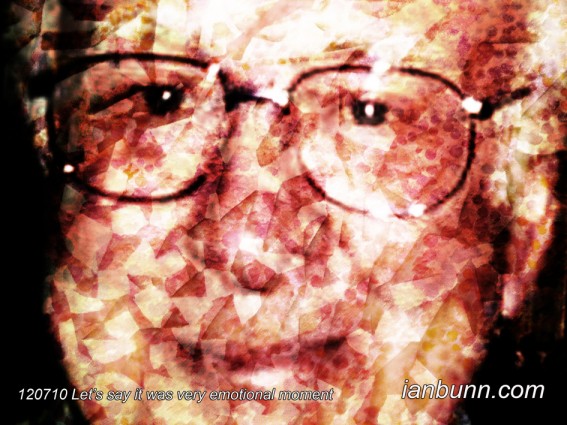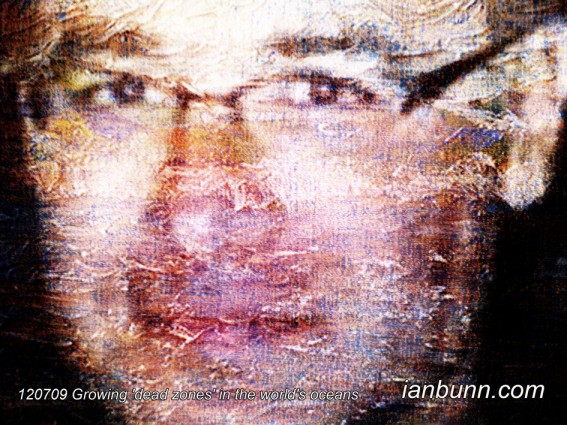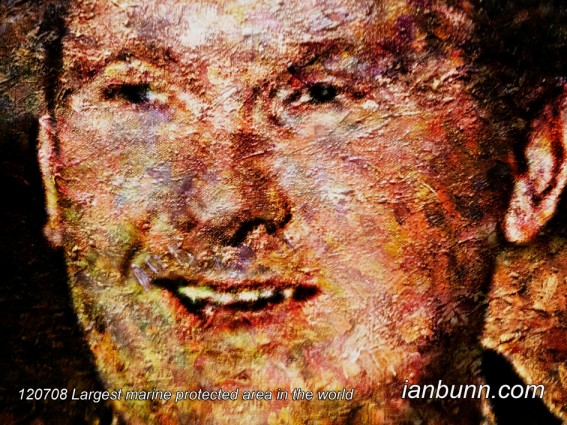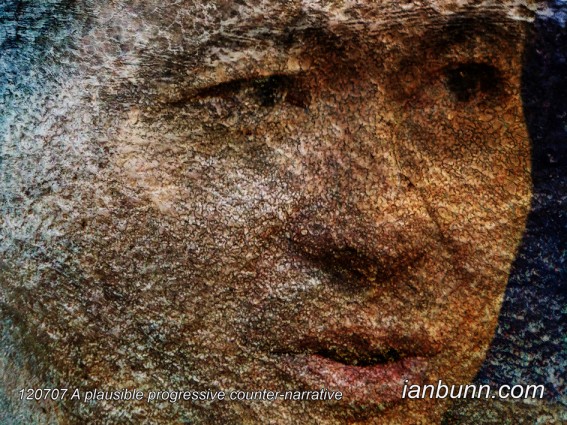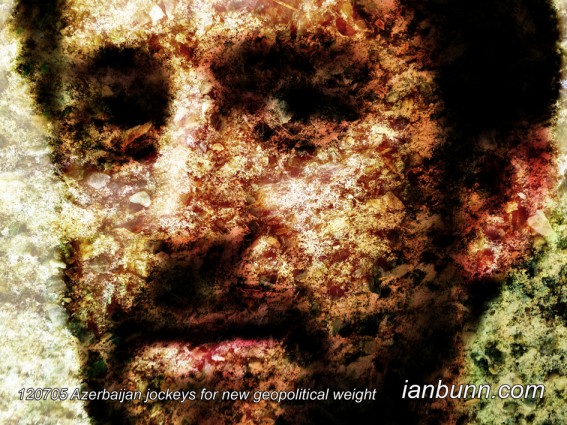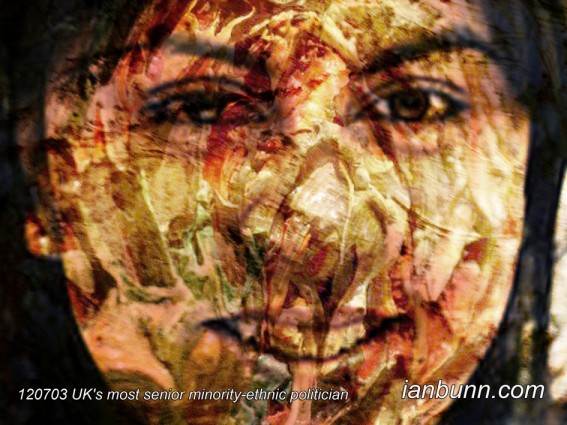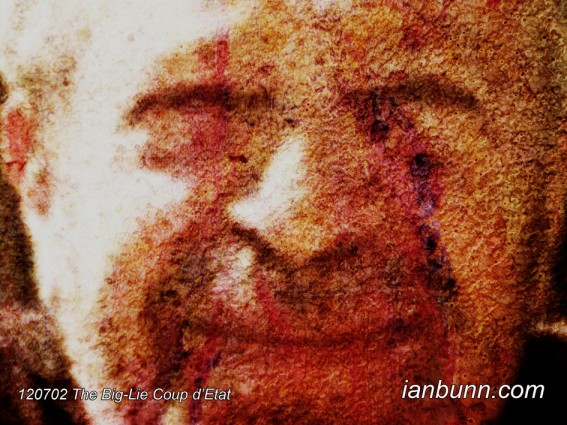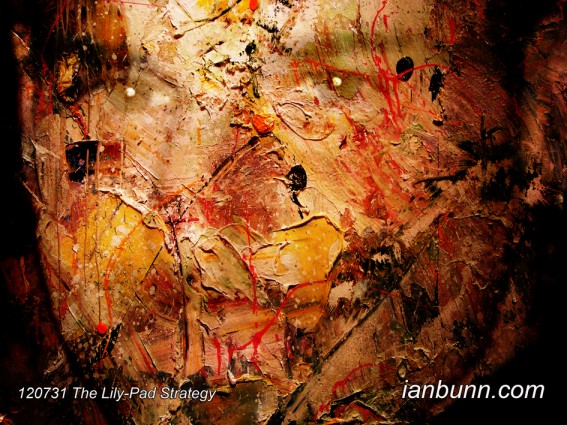 The Lily-Pad Strategy (July 31 2012)
The Lily-Pad Strategy (July 31 2012)
David Vine the American Assistant professor of anthropology and currently completing a book about the more than 1,000 U.S. military bases located outside the United States, has published an article on TomDispatch titled ‘The Lily-Pad Strategy’ on how the Pentagon is quietly transforming its overseas base empire and creating a dangerous new way of war. In the article Vine states “You might think that the U.S. military is in the process of shrinking, rather than expanding, its little noticed but enormous collection of bases abroad. …Washington still easily maintains the largest collection of foreign bases in world history: more than 1,000 military installations outside the 50 states …In total, the U.S. military has some form of troop presence in approximately 150 foreign countries, not to mention 11 aircraft carrier task forces — essentially floating bases — and a significant, and growing, military presence in space. The United States currently spends an estimated $250 billion annually maintaining bases and troops overseas. …Despite the rhetoric of consolidation and closure that went with this plan, in the post-9/11 era the Pentagon has actually been expanding its base infrastructure dramatically …While relying on smaller bases may sound smarter and more cost effective than maintaining huge bases that have often caused anger in places like Okinawa and South Korea, lily pads threaten U.S. and global security in several ways …bases have a way of growing and reproducing uncontrollably. Indeed, bases tend to beget bases, creating “base races” with other nations, heightening military tensions, and discouraging diplomatic solutions to conflicts.”
Inspired by TomDispatch ow.ly/cvQXM image source Zocalopublicsquare ow.ly/cvQTe
